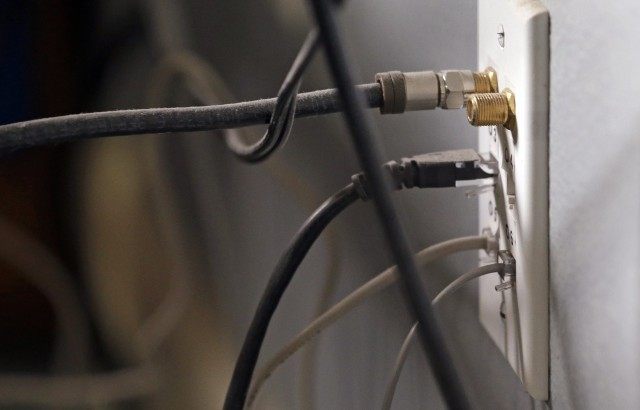A stunning 6,200 American subscribers per day became “cord-cutters,” and maybe even “cord-never,” as millennials canned their pay-TV cable and satellite subscriptions in the second quarter of 2015.
The Financial Times reported that approximately 566,000 discontinued accounts were logged from April through June. The only pay-TV service that saw a modest gain was Verizon.
The combination of steeply rising cable and satellite prices, and greater free choice on the Internet, is driving cord-cutting. The average cost of basic cable service has increased at an average compounded annual rate of 6.1 percent each year since 1995–more than twice the rate of inflation, according to the U.S. Federal Communications Commission.
A few years ago it would have been almost unthinkable for most Americans to drop their monthly cable or satellite bill. But today any American entertainment buff can dump the average $64-per-month basic cable package or $107 satellite bill by paying $50 for a high-end home antenna and $11.99 a month for Netflix premium, Hulu Plus or other online subscription service.
Rather than responding to uncompetitive costs, however, cable and satellite providers are about to add an extra “fee” for sports. Consequently, Time Warner Cable is adding a $2.75 monthly charge, while Cablevision Systems Corp, satellite-TV and phone companies’ TV services will add $2 to $6 fee.
The cable/ satellite services plead they are just passing along the more expensive costs of distributing sports events that are their largest audience interest. Pay-TV providers claim they paid ESPN about $6 each month per subscriber last year, up from $4.77 in 2011. The cost by is projected to hit $8 per user by 2018.
As an example, Time Warner Inc.’s TNT, and Walt Disney Co.’s ESPN and ABC and are reported to be paying $24 billion over nine years to carry live National Basketball Association (NBA) games.
ESPN’s coveted sports content is also available this year live over the Internet, thanks to the 20-a-month Sling TV package of 12 streaming channels from Dish Network Corp.
Cable providers tout that they are carrying more services and channels than ever before. But millions of consumers have no desire to pay for channels they don’t watch.
The pay-TV business model is structured so that half the subscriber’s monthly service charge goes to broadcasters for content, and half to the pay-TV company delivering the content. But that is a relic from the days when there was no Internet streaming option.
Millennials still watch an average 7.8 hours a week of traditional network TV, and spend 6.2 hours watching cable/satellite channels. But they now consume 6.1 hours of streaming shows and movies on a laptop, smartphone or tablet and 7.2 hours watching YouTube videos.
Industry analysts counter that Pay-TV’s second quarter always shows losses, as home buying peaks and college students disconnect for the summer break. But the subscriber losses over the second quarter’s 92-day period were at record highs.
With millennials leading the cord-cutting revolt, media stocks took a $50 billion plunge last week, after Walt Disney cut its earnings guidance, followed by Viacom, Fox and CBS reporting declining advertising revenues.

COMMENTS
Please let us know if you're having issues with commenting.